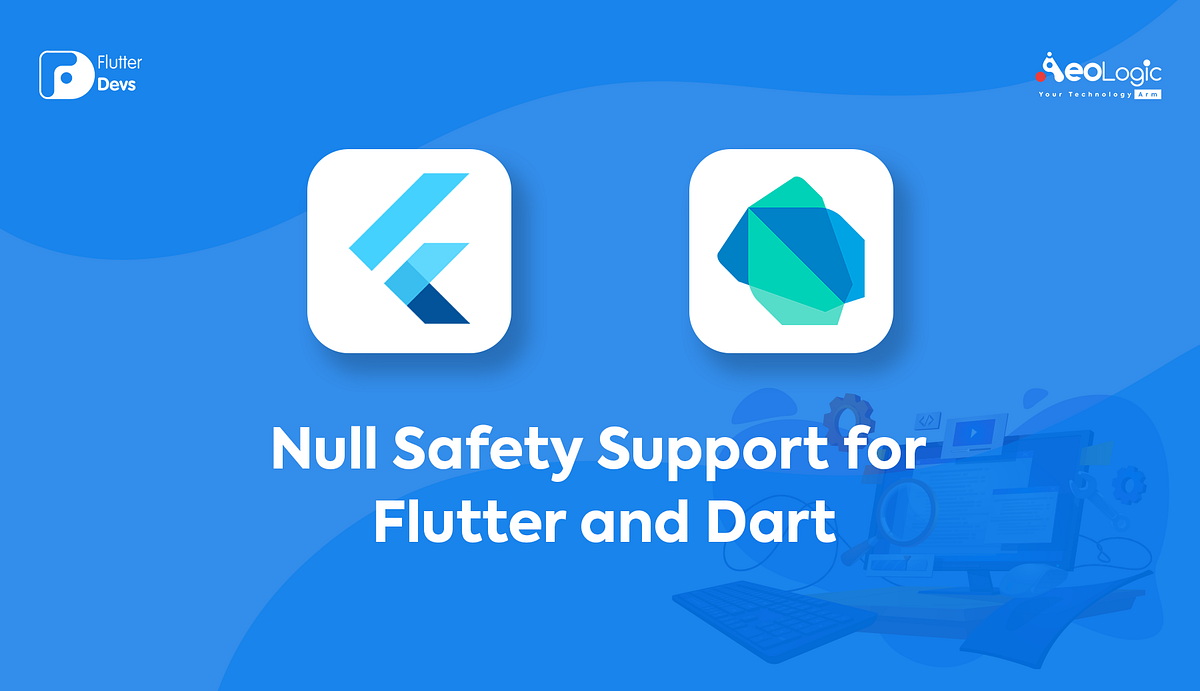Dart serves an extraordinary part in Flutter, fueling developer highlights, for example, hot reload, and empowering multi-stage applications for mobile, desktop, and web utilizing Dart’s adaptable compiler innovation. We endeavor to make the Dart language the most useful for Flutter application developers; for instance, we added UI-as-code language builds to upgrade the Dart linguistic structure for coding Flutter widget trees.
In July 2020, sound null wellbeing was acquainted with the Dart programming language. As this language powers Flutter SDK, the help for null safety was one of the expected enhancements accompanying Flutter 2. We’re reporting a subsequent tech review of sound null safety, including support for the Flutter structure.
The arrival of the new Flutter on March 3, 2021, at last, made it conceivable not exclusively to compose new code utilizing the null safety include yet additionally to move the current Flutter applications to null safety. Null safety is a significant new efficiency highlight that assists you with staying away from null exemptions, a class of bugs that are regularly difficult to spot.
In this blog, we will explore the Null Safety Support for Flutter & Dart.We will take a look at how null safety is implemented in Flutter, how it influences the development process, what benefits it brings, and migrating to null safety in your flutter applications.
Table Of Contents ::
What is Sound null safety?
Why null safety?
What are Null safety design principles?
Unsound null safety
Making a null safety easier to use
Preferring to null safety
Migrating to null safety
Reasons to migrate a Flutter app to null safety
Conclusion
#dart #null-safety #flutter
